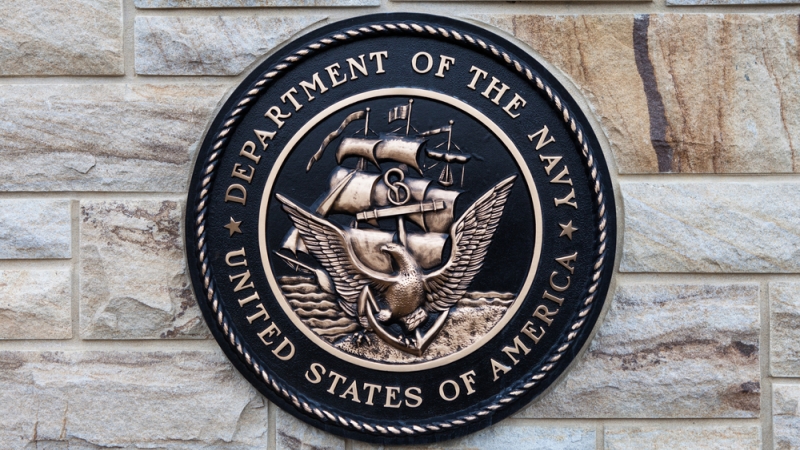
The Department of the Navy’s chief data officer (CDO) said this week that his office’s number one priority is shifting the way Navy employees think about data.
According to CDO Duncan McCaskill, the service branch has policy components in the works to help facilitate that cultural change while further enabling officers to continue to meet their mission.
“The biggest challenges that we have in the Department of the Navy are not necessarily technical, and it’s not necessarily dealing with workforce,” McCaskill said during a March 14 Defense One webinar. “It is cultural and changing our way of thinking about data.”
The CDO explained that for more than 75 years, the Navy has “had a very system-centric view of data.”
“It’s that cultural mindset of not only do we have to continue our normal operations and do it well and efficiently and effectively as possible, but we also need to have to have that mindset of data is multi-purpose,” he said.
“We need to make that data available for any authorized user for any authorized purpose, and I think we’ve made some great strides in the three years I’ve been in the department and we’re on a great path to continue to do so,” McCaskill explained.
He explained that the Navy is working on policies that will help officers extract data in an easy way so that they can meet their mission.
“We have been working on data connectivity policy, [application programming interface] policy, open data policy,” McCaskill said. “For anything new going through our acquisition process, ‘thou shalt make sure your data is accessible by the systems.’”
He continued, “[We’re] making sure that data is available at speed and at scale.”
McCaskill referenced the war in Ukraine as one good example for how the Navy is leveraging data to “keep track of what adversaries are doing and working with our allies.”
According to the CDO, the Navy is much more capable of tracking data in real time – like weapons used in war.
“Specifically in the data and analytical front, one of the things we look at … is what is our ability to track a particular piece of equipment from the time it leaves the warehouse to the time it might be on the front line,” he explained. “Are there ways we can optimize that and have real time inventory on items?”
“If we’re going to provide foreign assistance to an ally, can we keep very granular track of the transaction and how we’re moving that equipment or providing that assistance to a foreign location,” he continued, adding, “So that at some point in time in the future if our legislative branch or our executive branch colleagues want to get an answer what went where when, we’re much more capable of being able to answer those questions quickly.”
In the past, McCaskill said, getting hands on this type of data would have taken six to nine months.
“We’ve had years of thinking that perimeter security, protecting a network boundary, is going to do the trick, and moving to a more data centric model … what we want to protect is that data itself,” McCaskill said. “The cyber-data connection is pretty strong.”
“We need to protect that data at that very granular level,” he continued, adding “[It’s] power of that culture change to think about a data-centric means of operation as opposed to system-centric or a network-centric means of operation.”
